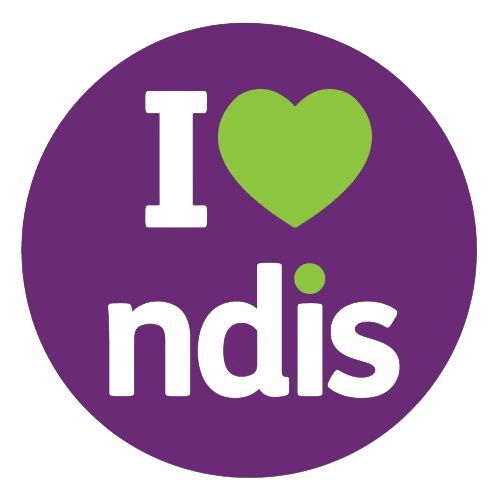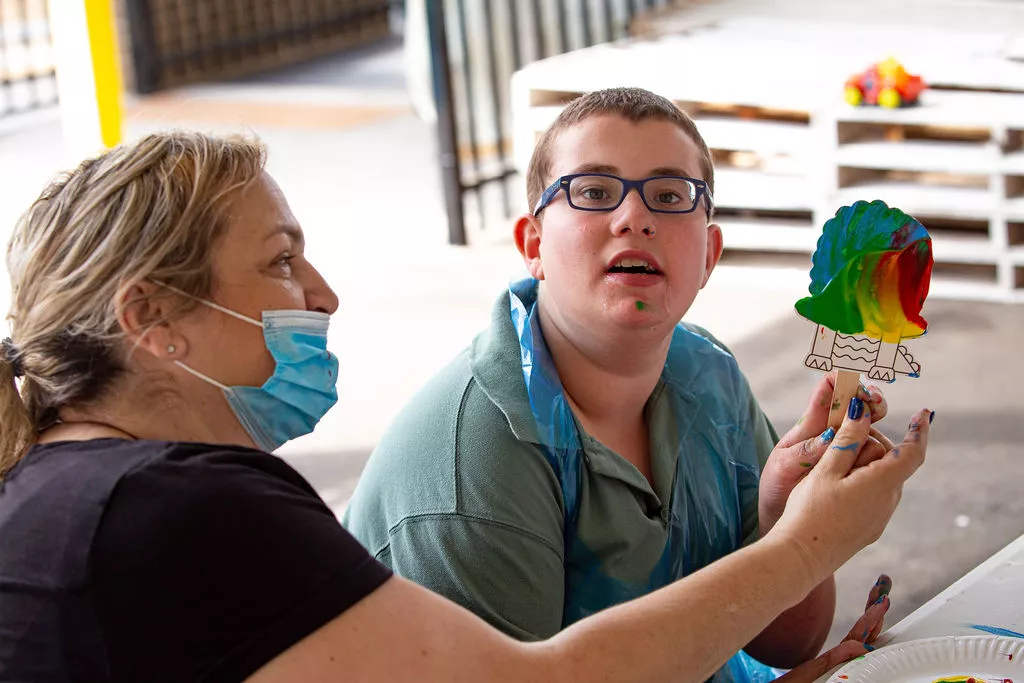Disabilities are often misunderstood, which can lead to stereotypes and misconceptions that affect individuals with disabilities in their daily lives. At Riverlink, we are committed to challenging these myths to foster a more inclusive and understanding community. Here’s a closer look at some of the most common misconceptions about disabilities and the truths that counter them.
Misconception 1: Disability Means Inability
Truth: Disability does not equate to inability. People with disabilities possess a wide range of talents, skills, and capabilities, just like anyone else. While they may perform tasks differently, this does not diminish their ability to contribute and excel in various aspects of life.
Misconception 2: All Disabilities are Visible
Truth: Many disabilities are not immediately apparent. Conditions such as chronic pain, mental illnesses, and neurological disorders can significantly impact a person’s life, even though they are not visible to the naked eye.
Misconception 3: People with Disabilities are Always Suffering
Truth: While disabilities can present challenges, it’s incorrect and unfair to assume that people with disabilities are constantly suffering or unhappy. Many individuals lead fulfilling lives, finding personal strengths and developing strategies to manage or overcome their challenges.
Misconception 4: Pity is Appropriate
Truth: Pity can be patronizing and disempowering. Rather than pity, people with disabilities seek understanding, respect, and equal opportunities. Empowerment comes from recognizing their abilities and contributions, not from viewing them as objects of sorrow.
Misconception 5: Intellectual Disabilities Limit Learning
Truth: Individuals with intellectual disabilities are capable of learning and developing new skills. They might require different teaching strategies or more time, but with the right support, they can make significant progress and contribute meaningfully to society.
Misconception 6: Limited Economic Contribution
Truth: People with disabilities can and do make significant contributions to the workforce and the economy. Their diverse perspectives can drive innovation and create value within various sectors.
Misconception 7: Disabilities are Mostly Genetic
Truth: Disabilities can result from various factors, including illness, accidents, aging, or environmental factors. It is important not to generalize the causes as this can lead to misunderstandings about the nature and origin of disabilities.
Misconception 8: Dependence on Others
Truth: While some individuals with disabilities may require assistance, many lead independent lives and are fully capable of managing their personal and professional responsibilities.
Misconception 9: Limited Accessibility
Truth: Accessibility is not only about physical access but also encompasses education, employment, technology, and communication. Ensuring comprehensive accessibility is crucial for true inclusion.
Misconception 10: Disability as a Solely Negative Experience
Truth: Although having a disability presents challenges, many individuals and their families find positive experiences and strengths through their journeys. Disability is a part of human diversity and should be recognized as such.
Misconception 11: Burden on Educational Systems
Truth: Children with disabilities are not a burden on schools. Inclusive education benefits all students, teaching valuable lessons in empathy, diversity, and cooperation. It prepares all children for a diverse world.
By confronting these misconceptions, Riverlink aims to promote a more inclusive society where everyone, regardless of their abilities, can participate fully and be recognized for their contributions. Understanding and respect are key to transforming perceptions and improving the lives of those with disabilities.




